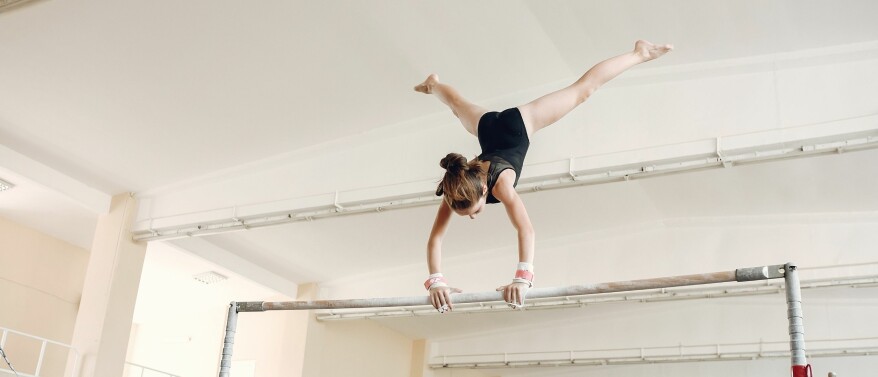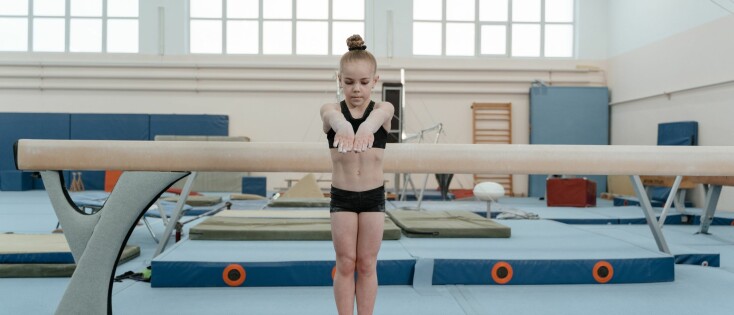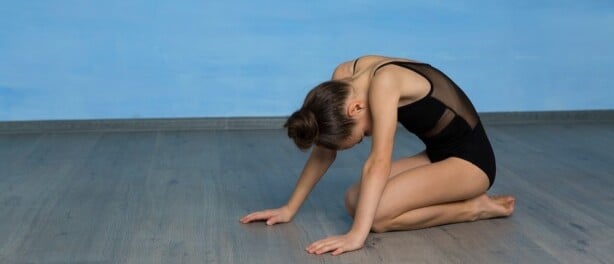Gymnastics is a sport that challenges athletes both physically and mentally. From mastering new skills to performing flawless routines, gymnasts often experience fear and mental blocks. These obstacles can hinder progress and diminish confidence. However, with the right approach, they can be overcome. In this article, we explore the causes of fears and blocks in gymnastics, provide relatable examples, and offer practical strategies to conquer these challenges.
What Are Blocks and Fears in Gymnastics?
Mental blocks are psychological barriers that prevent gymnasts from executing certain skills, despite having the physical ability to perform them. These blocks often stem from fear, past failures, or excessive performance pressure.
Fears in gymnastics manifest as nervousness, anxiety, or hesitation, particularly when attempting new or challenging moves. These fears can result in complete avoidance or an inability to perform the skill correctly.
Common Examples of Blocks and Fears
Fear of Falling
One of the most prevalent fears in gymnastics is the fear of falling, particularly on apparatuses like the balance beam or during complex flips.
Example: Emma, a seasoned gymnast, once fell hard while attempting a backward salto. Despite previously executing it successfully, the fall shattered her confidence. Since then, she hesitates mid-air and struggles to complete the move.
Fear of Learning New Skills
The uncertainty of a new movement can be intimidating, making gymnasts hesitant to attempt unfamiliar skills.
Example: Sophie excels in her training, but when introduced to the back handspring, she became anxious. The unfamiliar motion and fear of landing incorrectly caused her to delay practice, preventing her from progressing.
Fear of Failure and Self-Criticism
Gymnastics demands precision, and gymnasts often place immense pressure on themselves to be perfect. The fear of making mistakes can create a mental block, impacting performance.
Example: Tessa, a highly skilled gymnast, struggles with competition nerves. She fears disappointing her coach and teammates, which leads to heightened anxiety. Ironically, this fear causes more mistakes, reinforcing her self-doubt.
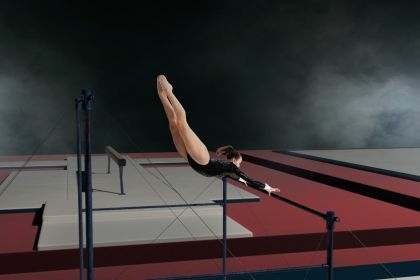
Causes of Blocks and Fears in Gymnastics
Several factors contribute to mental blocks and fears in gymnastics:
Past Experiences: A previous injury or bad fall can create a lasting fear of repeating the incident.
Pressure to Perform: High expectations from coaches, parents, or self-imposed pressure can intensify anxiety.
Perfectionism: Many gymnasts strive for flawlessness, which can become paralyzing when mistakes are made.
Body Awareness and Insecurity: Doubts about one's physical abilities can contribute to performance anxiety.
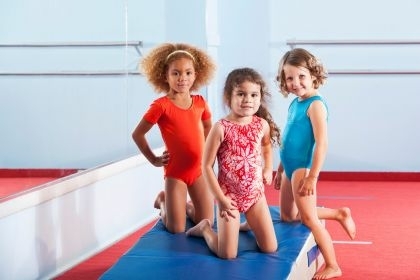
How to Overcome Blocks and Fears
Step-by-Step Approach
Breaking down a difficult skill into smaller, manageable steps can help reduce fear. For example, a gymnast struggling with a backflip can start by focusing on takeoff, then work on rotation, and finally practice landing.
Positive Self-Talk and Visualization
Mentally rehearsing a successful execution of a skill can build confidence. Positive affirmations, such as "I am capable," can help shift focus away from fear.
Relaxation Techniques
Techniques like deep breathing, mindfulness, and progressive muscle relaxation can calm nerves and improve focus during training.
Open Communication with Coaches and Teammates
Discussing fears with coaches or teammates fosters a supportive environment. Coaches can tailor training strategies, while teammates can offer motivation and reassurance.
Patience and Persistence
Progress takes time. Gymnasts should be patient with themselves, celebrating small victories along the way. Mental blocks do not disappear overnight, but consistent effort leads to improvement.
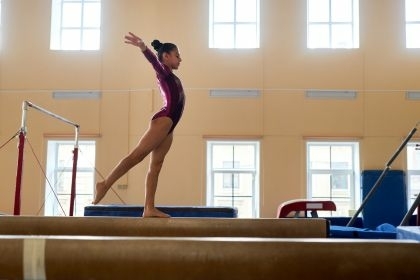
Conclusion
Fears and mental blocks are a natural part of gymnastics, but they don’t have to hinder progress. By using practical strategies like gradual skill progression, positive reinforcement, and relaxation techniques, gymnasts can overcome these obstacles. Recognizing and addressing fears not only improves performance but also fosters resilience and confidence that extend beyond the sport. Every gymnast, regardless of experience, encounters challenges—the key is to face them head-on and grow through the process.




